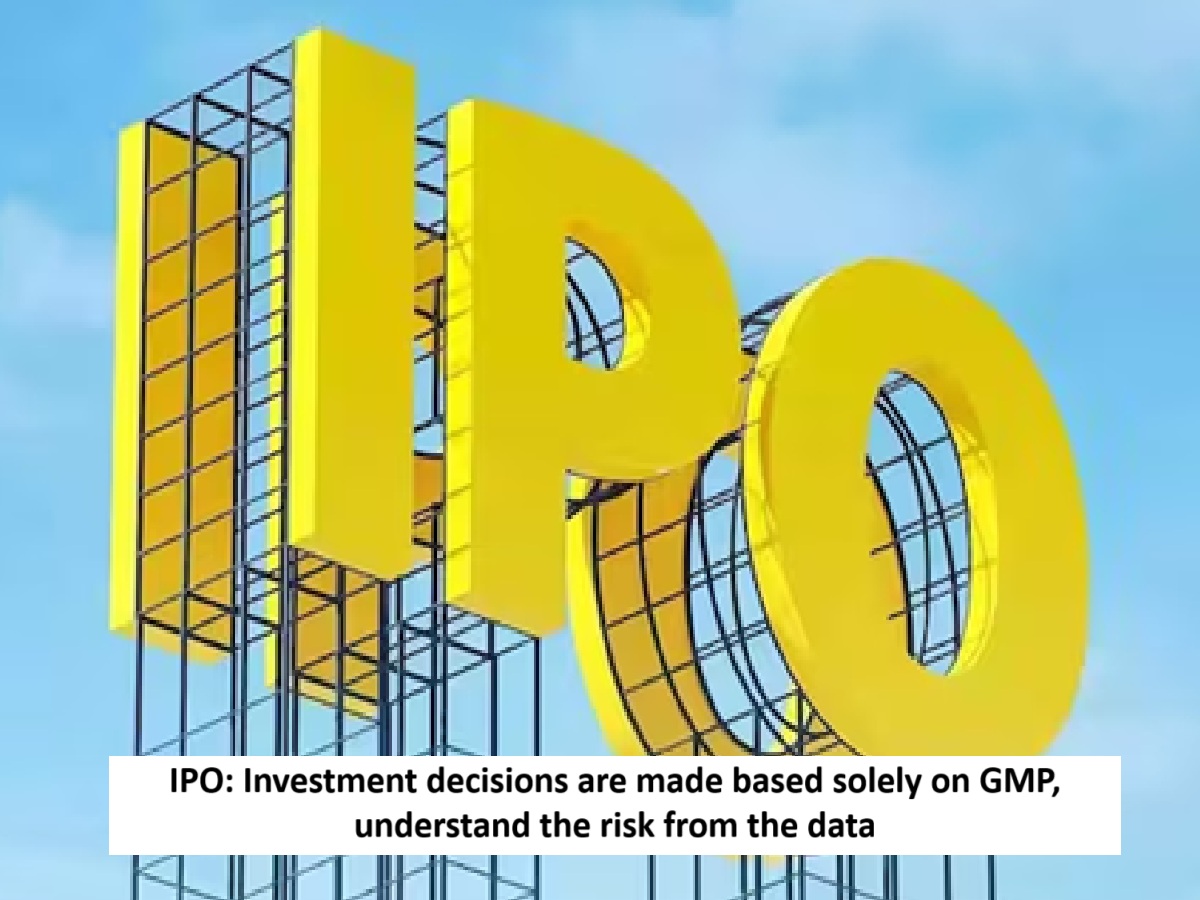
News Topical, Digital Desk : The IPO market is constantly buzzing with activity, with companies launching their issues one after another, raising funds. Amid this IPO activity, one term is gaining widespread attention: GMP, or gray market premium. Many people monitor GMP before deciding whether to invest in an issue. However, experts, on the other hand, don't seem overly impressed by it, viewing it as just one of many tools used to gauge market sentiment.
What are the gray market and GMP?
This is an unofficial market where a company's shares are traded before they are listed on the stock exchange. No official rules apply here. GMP, or Grey Market Premium, refers to the premium a buyer in the gray market is willing to pay for a security or share above its issue price. This helps investors estimate the range in which the stock may open after listing. However, since there are no set rules, the premium can fluctuate wildly.
Why questions arose: Investors suffered significant losses in two recent issues. However, until the last day of subscription, GMPs were predicting listings with a limited upside or a limited downside. Consequently, investors who invested solely on GMPs suffered losses. Recently listed Glottis listed 35% below its issue price. Notably, the GMP for the issue was zero on the day the stock was scheduled to list. This means the gray market was neither predicting a premium nor a discount, although the stock listed at a significant discount. At one point, before the issue closed, the GMP reached ₹20. The gray market was predicting a listing price of around ₹150, but the actual listing was less than ₹90. The same happened with Om Freight. On the final day of the issue, the GMP was around ₹7, equivalent to a 5% premium to the issue price of ₹135. However, the listing occurred below ₹85, a 40% discount. Currently, both stocks are significantly below their issue prices.
How accurate are GMP figures? According to data on Investorgain, in FY2025, 231 IPOs came out, of which 68 were mainstream platform issues and 163 were SME platform issues. Of the total IPOs, 168 had positive listings, while 63 had negative listings. Of these, 100 listed above their gray market premium, while 130 listed below their gray market premium. This means that 72 percent of the 232 issues generated more or less profit upon listing, although in more than half of the total listings, the actual listing price was lower than the gray market premium estimate. Looking at the listing platform, the GMP on the main platform has disappointed the most. Last fiscal year, 68 issues were listed on the main platform. Of these, 43 actually listed below the gray market premium. This means that those relying on GMP were disappointed in 63 percent of the issues. Of the 163 issues listed on the SME platform, 87 listed below the gray market estimate, meaning 53 percent of listings listed below the GMP.
Read More: Vodafone Idea Share: Why did the telecom company's stock see a rise of more than 5%?
--Advertisement--

 Share
Share



